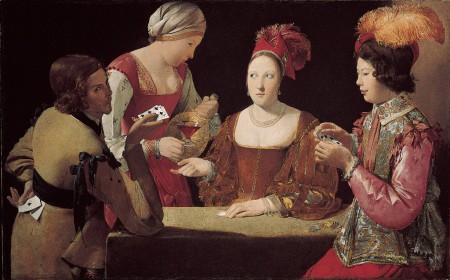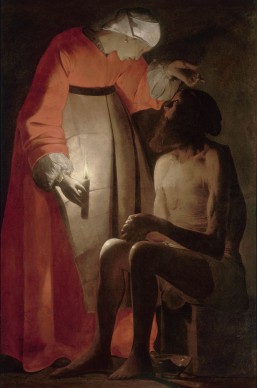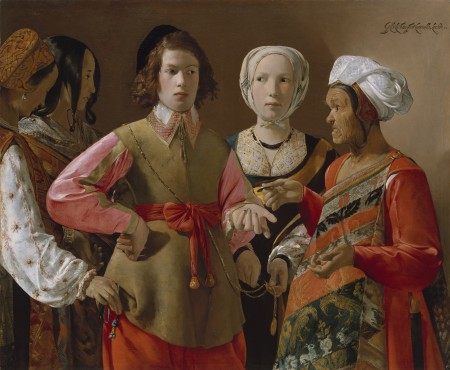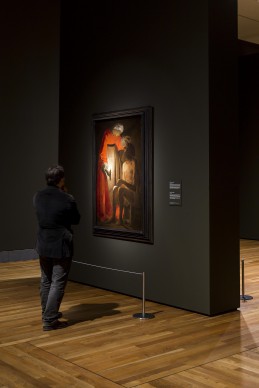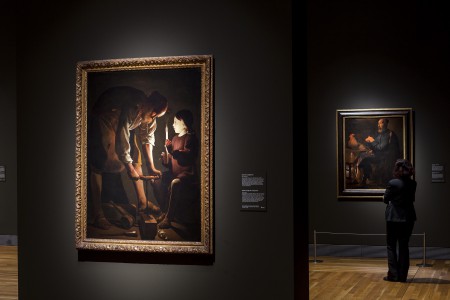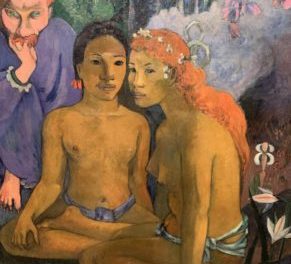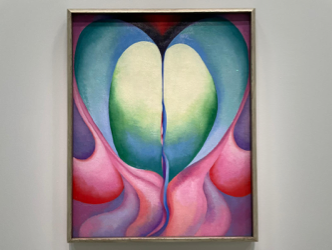Though he’s a towering figure in the history of French art, it’s the Prado in Madrid that is currently exhibiting almost his entire catalogue of works. Georges de La Tour (1593-1652) was a painter from the Lorraine region whose work was highly regarded in his time.
Louis XIII owned one of his works and it seems that his very powerful prime minister Richelieu was also in possession of one of his famous Penitent Saint Jerome paintings.
But the history of art has its mysteries that are inscrutable to reason, and so after such a success in his own time, George de la Tour faded from memory until 1915 when a German historian exhumed his work. In the intervening years, wars and other calamities had befallen the Lorraine and destroyed the archives.
Since then, La Tour has captivated audiences and is progressively being rediscovered. In 1997 the Grand Palais in Paris devoted a majestic show to him.
Now it’s the turn of the Prado with a retrospective that brings together 31 of a total of 40 known paintings (or 46 depending on who you ask). The Louvre, through Dimitri Salmon, is co-curating the show. However the works will not be travelling to Paris this time around. They’re not only too fragile, but also too important for the regional museums who do not wish to be parted from their treasures for too long… Too bad, for this is a truly remarkable exhibition.
One immediately understands why Georges de La Tour enjoyed a resurgence at the turn of the 20th century. The man from Lorraine is nothing less than a modern painter. One only need examine one of the works, attributed as recently as 2005. It shows a man in a flamboyant red habit, a Saint Jerome reading. The painting belonged to the Spanish state and had the inscription ‘Zurbaran’ on its reverse, as explains Andrès Ubeda, the Spanish curator of the show.
The work contains a perfect symmetry. The jacket buttons of the saintly figure are in the middle of the composition, and the rest of the canvas is organised around this axis. La Tour works like the moderns would do, by series, which he replicates in various declensions as in those fascinating theatre scenes showing card players such as The Cheat with the Ace of Diamonds from the Louvre, hanging near the Kimbell Art Museum of Fort Worth’s version and not far from The Fortune Teller, which is owned by the Metropolitan Museum. Through these we discover a common psychology expressed through a play of looks and gestures. Finally in his nocturnal scenes La Tour plays knowingly with chiaroscuro to heighten his drama. The faces of The Flea Catcher or the mother of a newborn are revealed in their splendor by an overpowering glow from a candle which, under his brush, becomes a divine light. And there was La Tour’s light.
Until 12 June. www.museodelprado.es
Support independent news on art.
Your contribution : Make a monthly commitment to support JB Reports or a one off contribution as and when you feel like it. Choose the option that suits you best.
Need to cancel a recurring donation? Please go here.
The donation is considered to be a subscription for a fee set by the donor and for a duration also set by the donor.

